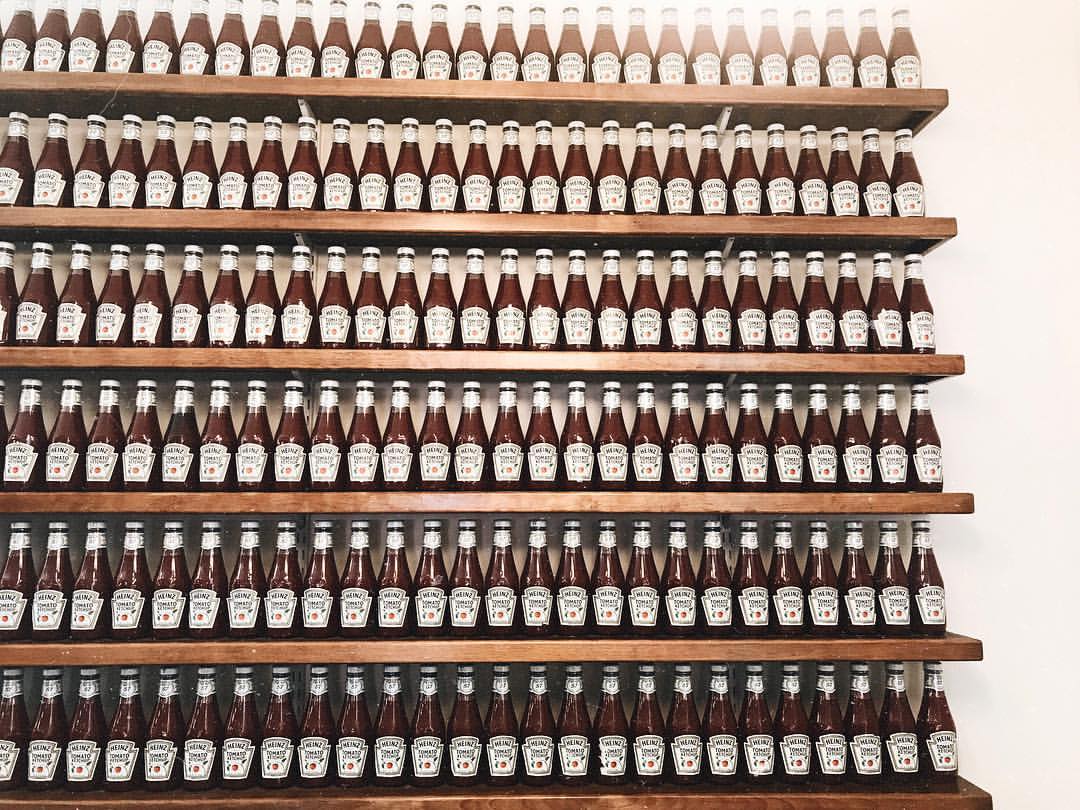Why Gene Editing Is the Next Food Revolution
Tucked into a suburban Long Island neighborhood, a 12-acre plot may be growing the
future. Under a blistering July sun, Zachary Lippman bends over a row of foot-high
plum tomato plants that will each produce a tomato and ripen over the summer.
Inside a nearby lab, however, Lippman actually created those plants using gene editing,
a technology —based on a natural process—that allows researchers to cut out certain bits
of DNA in order to control traits. The cell’s genetic structure then repairs itself
automatically, minus the targeted gene. Through this process permanent changes are
made in the plant’s genome that are passed on through seeds. Lippman’s tomatoes are
now programmed to produce double the number of branches and, as a result, twice the
tomatoes.
“There’s a long way to go, but what we have been able to do in the last four or five years
is unbelievable,” says Lippman, a professor of genetics at Cold Spring Harbor
Laboratory. “It’s science fiction!”
Today hundreds of research and development labs are at work testing the potential of
new technologies such as CRISPR—the technique’s acronym—that allow scientists to
“edit” a plant’s genome using a pair of “molecular scissors” to make precise changes to a
plant’s genetic makeup. This, in turn, allows scientists to solve a whole range of food-
related concerns.
Current examples include: creating a mushroom that doesn’t brown when bruised or
cut, tomato plants with compact fruit that resemble bouquets whose roses have been
replaced by ripe cherry tomatoes, all ripening at the same time with higher vitamin C
levels and resistant to disease. At the same time, researchers are developing a technique
to bolster the cacao plants’ ability to fight off a virus that’s devastating the crop in West
Africa; an effort backed by candymaker Mars.
By utilizing the CRISPR technology, rather than sticking foreign genes into crops, it’s
now possible to mimic naturally-occurring mutations. Since the USDA distinguishes
between crops or animals edited with alien genes versus “gene therapy” (having their
own genes tinkered with), CRISPR’d crops may be subjected to a much faster and less
costly approval process because they don’t contain foreign DNA. To scientists and food
manufacturers, this is a blessing.
CRISPR technology is one of the biggest science stories of the decade and could
revolutionize everything from medicine to agriculture. Experts estimate that we’ll be
eating CRISPR-modified foods within 5-10 years!
